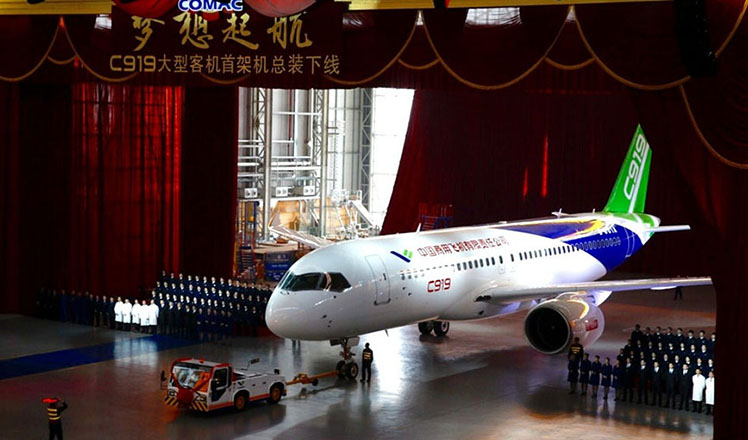China's economy: the inevitable adjustment
Updated: 2016-02-02 10:02
By Ken Davies(chinadaily.com.cn)
|
|||||||||||
China has actually been recovering only a small percentage of the value-added of the high proportion of exports accounted for by foreign-invested enterprises. That's why Apple has such a high share price in the United States even though its iPhones and iPads are "Made in China" (but, please note, "Designed in California").
China has established itself as the world's foremost manufacturer in terms of quantity. It now has to switch to higher-quality exports driven by innovation and quality control, both of which can ensure that the total value-added is bigger and keep more of the value-added in China, and both of which have so far eluded expensive efforts of policymakers to achieve them.
Both before and during the reform period (since the end of 1978), the chief driver of economic growth has been investment, especially in expanded output of products. This is normal for a developing economy, but advanced economies inevitably move to a more consumer-oriented one, less reliant on capital expenditure and exports and more dependent on household spending.
The government has been trying to implement this model, with consumption a much higher proportion of GDP, for some time. It has been promoting leisure activities, including longer weekends, longer vacations, domestic and foreign tourism, and much else, since the 1990s. It has been trying to develop services industries, including retail finance, tourism, entertainment and sports.
At the same time, incomes have been rising. Lewis' "unlimited supply of labor" has at last come to an end, as workers have gone back to their villages and coastal employers have been compelled to raise wages to lure them back.
A major feature of the readjustment process is a slowing of growth to rates more like those in other advanced economies, i.e. well below the 10 percent per annum of the reform period and also well below the current rate. If China's GDP were to rise at an annual rate of 5 percent a year for the next 10 years, it would still be a very respectable rate of development, and still one of the highest in the world.
The author is president of Growing Capacity, Inc., an economic policy consultancy. He is former chief economist, Asia for the Economist Intelligence Unit and head of global relations in the OECD's Investment Division.
Related Stories
World media confident in China's economic outlook 2016-01-26 16:02
No basis for renminbi to devaluate over long term 2016-01-26 16:07
Cold wave brings boost to 'frozen economy' 2016-01-27 13:31
China's economy on track in terms of GDP growth: BRICs creator 2016-01-27 15:07
Dot-com generation to drive online economy: Nomura 2016-01-25 08:20
Today's Top News
China manufacturing activity contracts for 6th month
Sanders plays down Clinton's hold over voters in Iowa
New China-led bank 'will be inclusive'
Horizons expand for Chinese companies in France
Negotiating political transition in Syria 'possible'
Man arrested with handguns at Disneyland Paris
Record number of Chinese tourists visited UK in 2015
Foreigners fill in Spring Festival courier gap
Hot Topics
Lunar probe , China growth forecasts, Emission rules get tougher, China seen through 'colored lens', International board,
Editor's Picks

|

|

|

|

|

|






